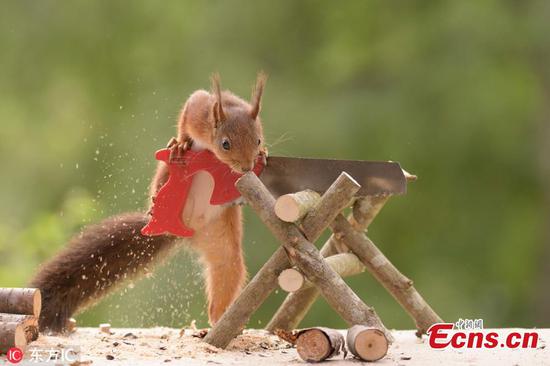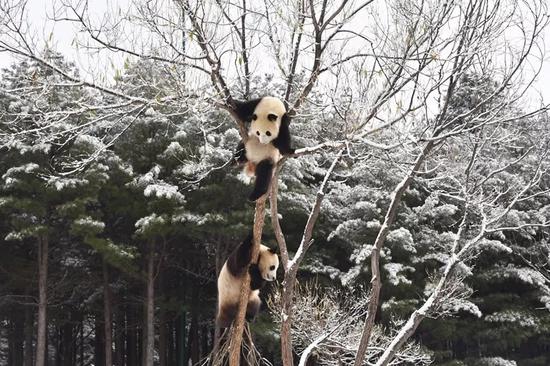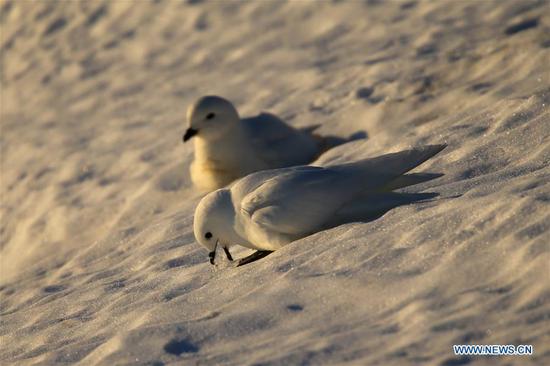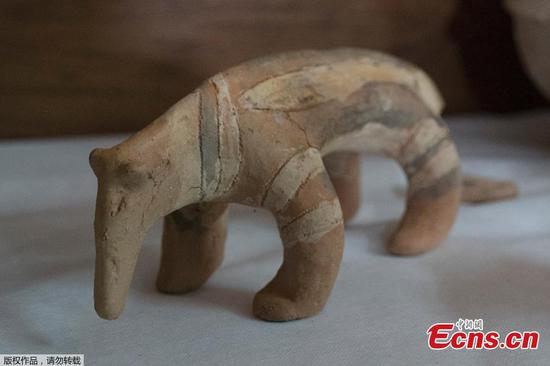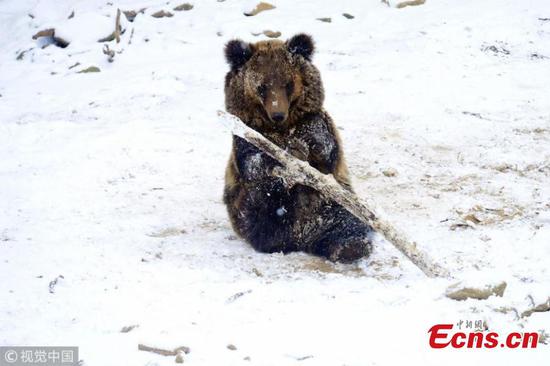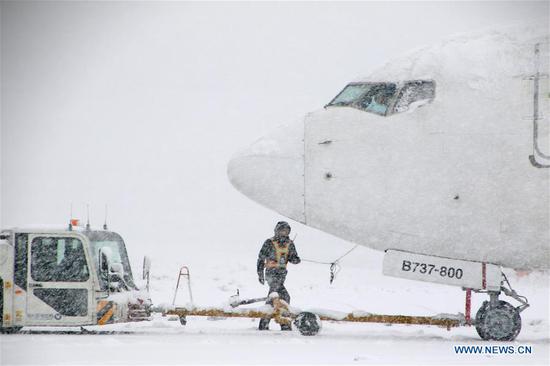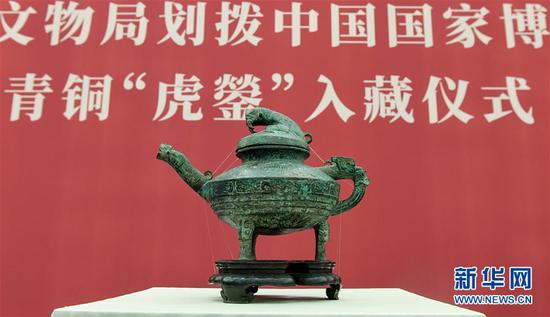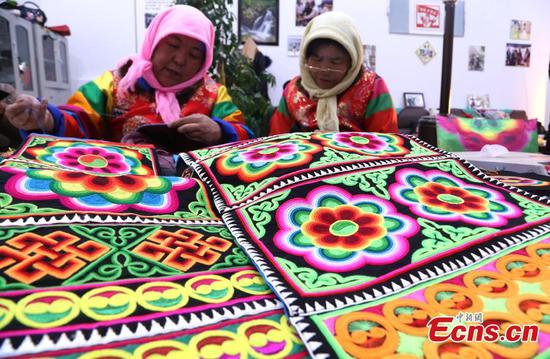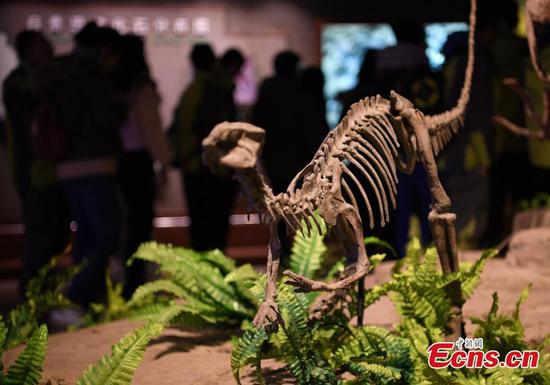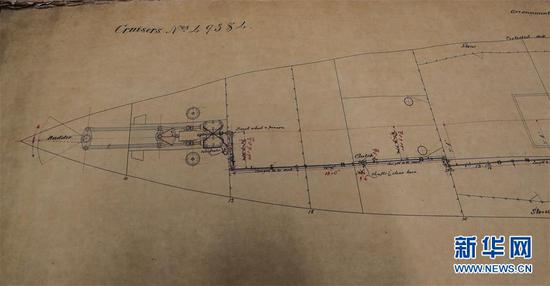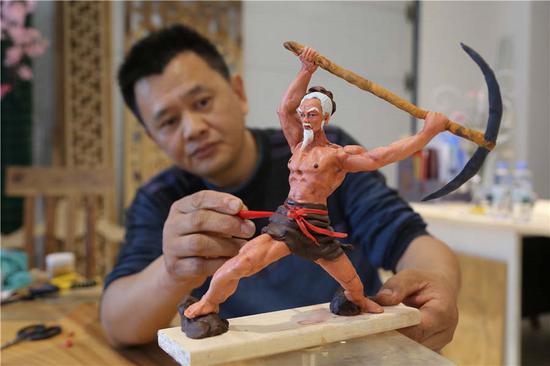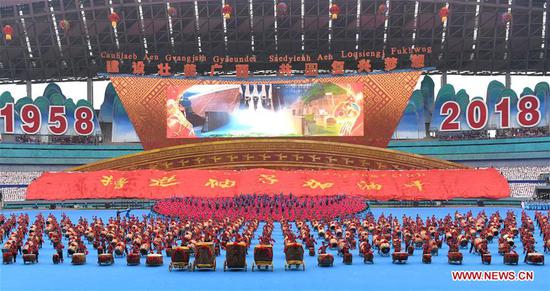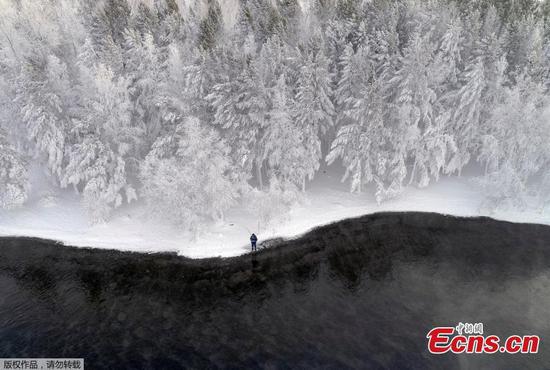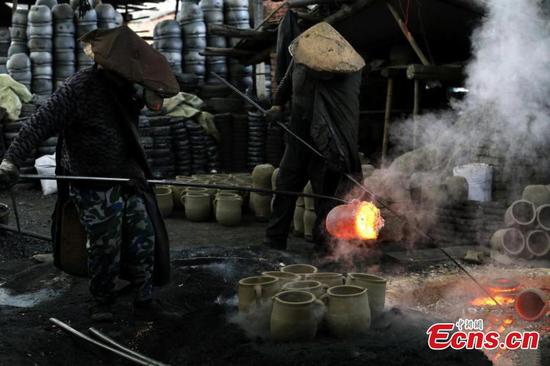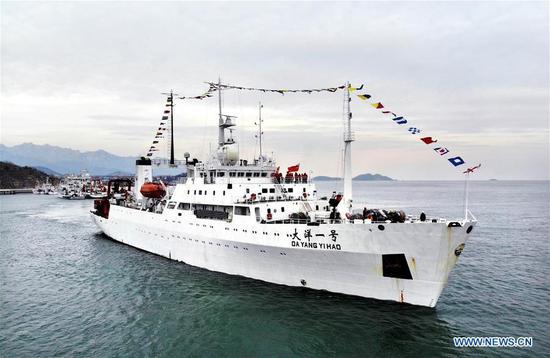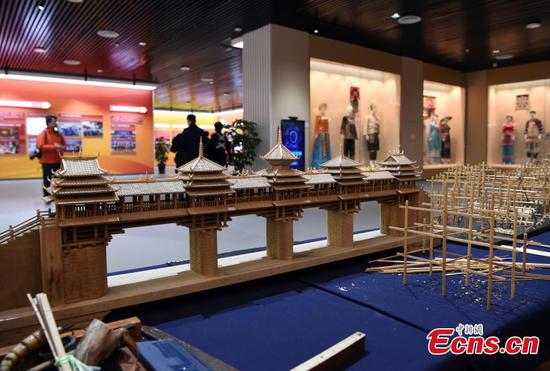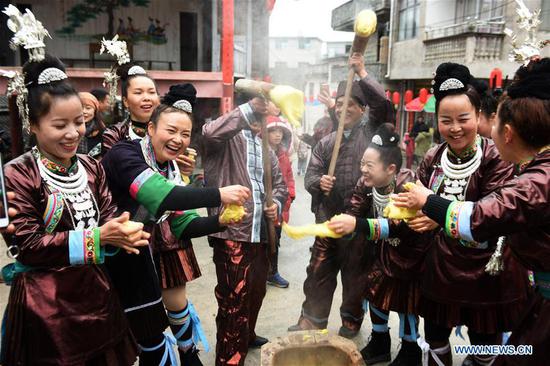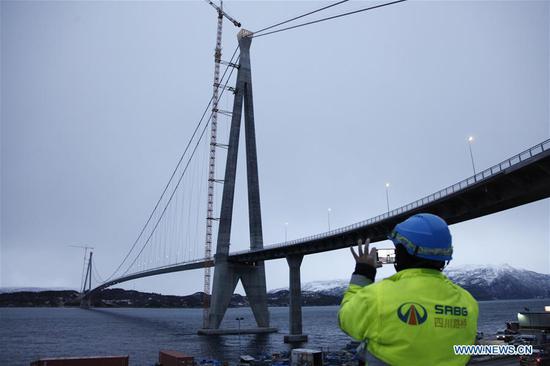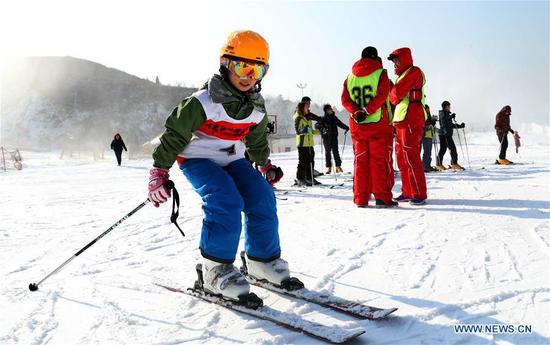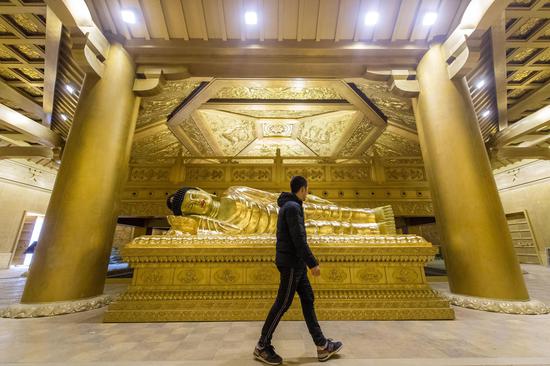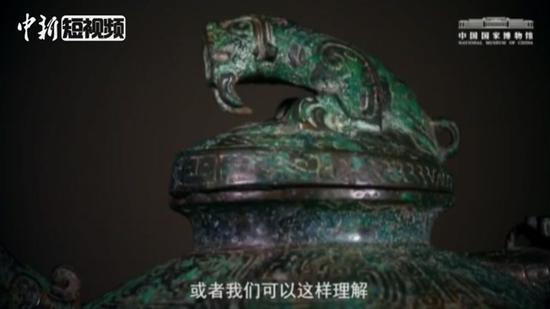
Li Hongxiu, the owner of a folk museum dedicated to the history of the Huerjia, displays a kang, or brick bed, used by Cao Guangyou, a third-generation Huerjia. (Photo: China Daily/Zhang Yi)
Integration
This symbiotic partnership promoted other exchanges and integration between the ethnic groups, mainly manifested by the Han people's adoption of other cultures, he added.
The Han picked up the herdsmen's customs and habits, wearing clothes made of fur and drinking milk tea. Beef and mutton were a large part of their diet, but no one ate pork out of deference to the beliefs of their Muslim Kazakh neighbors.
The Han learned the Kazakh and Mongolian languages. They also performed aken, the Kazakh folk art of impromptu singing on the grassland, and joined in with Mongolian entertainment such as horse races and wrestling.
"The important thing is that they know how to respect each other's habits and differences," said Luo, adding that this symbiotic mechanism encourages integration but also maintains some boundaries.
The relationships cultivated in daily life have been important for the Han community, and helped it to survive turbulent times.
In the 1920s, the Altay grassland was invaded by "white" Russians, refugees from the Soviet Union, which led to conflict. The nomads often informed the farmers of worrying developments and provided shelter if necessary.
On three occasions the Han fled Hongdun, but returned when the danger had passed. Every time, the nomads welcomed them with provisions and helped rebuild their homes.
Development
In the past 158 years, the ethnic composition of Hongdun has changed as a result of Han immigration and the arrival of new ethnic peoples from other provinces to farm the land and make new lives.
Hongdun now has a population of about 15,000, including 48 percent Kazakh and 41 percent Han. The remainder consists of other groups, including Mongols, Uygurs, Hui people and ethnic Russians.
Nowadays, in the villages along the northern bank of the Khran River, the houses of various ethnic groups are dotted among those of the Han. Luo said the people are just as intimate as their ancestors because they live side by side, rather than in distinct ethnic groups.
"Every newcomer to Hongdun, regardless of their background, voluntarily acknowledges and follows the community's spirit and traditions - namely, mutual respect," he said.
Economically, the complementary relationship between the old herdsmen and farmers has become weaker because most people now grow cash crops and raise animals to make a living.
According to Luo, there is little competition. Instead, the Han have taught their neighbors planting skills and they work together as teams.
There was frequent communication between the groups, and as production models changed, the non-Han groups started using Mandarin to adapt to modern society.
Hongdun is changing, but the harmonious symbiotic relationship between the different groups has developed continuously in modern times, Luo said.









